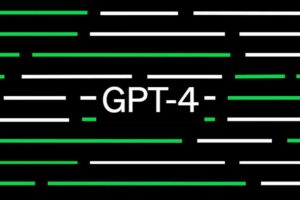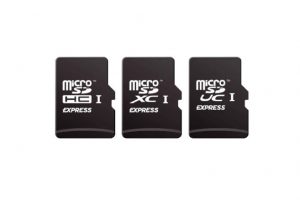There are a few things you can do to get started with GitHub if you don’t know any programming. Creating a GitHub account is the first step, and it can be done on the official website. You can now begin exploring some of the GitHub repositories (or “repos”) to get a feel for how they operate.
Finding a repository that interests you and then selecting the “Files” tab to view the repository’s files is one method for accomplishing this. After that, if you want, you can download any of the files to your computer by clicking on them to see what they contain. This can be a great way to learn more about the structure of various projects and the functions of various files. You can view my personal public account with repos here.
Related: What is GitHub: Git vs GitHub, Pricing and More
Another way to get started is to start using it to manage your own projects. To do this, you’ll need to create a new repository for your project. This can be done by clicking the “New” button in the top-right corner of the website and then following the prompts to create your new repository.
Once you have your repository set up, you can start adding files to it and using GitHub to track changes to your project over time. This can be a great way to collaborate with other people on a project or to simply keep a record of the changes you’ve made to your project.
Creating a GitHub Account
You need an account, which you can create for free at GitHub. I advise installing GitHub Desktop. This is a graphical user interface that makes working with Git much easier. If you use GitHub Desktop, you don’t need to do any command-line operations.
- Head over to GitHub
- Select Sign Up
- Enter your email address.
- Create a password for your account,
- Enter a username, too.
- Verify your account by solving a puzzle.
- After you verify your account, select the Create account button.
Uploading your First Files
While on GitHub, navigate to the main page of the repository. Above the list of files, using the Add file drop-down, click Upload files. Drag and drop the file or folder you’d like to upload to your repository onto the file tree.
Non-Code files that are accepted on the platform include.
- PNG (.png)
- GIF (.gif)
- JPEG (.jpg)
- SVG (.svg)
- Log files (.log)
- Microsoft Word (.docx), Powerpoint (.pptx), and Excel (.xlsx) documents
- Text files (.txt)
- PDFs (.pdf)
- ZIP (.zip, .gz, .tgz)
- Video (.mp4, .mov, .webm)
The maximum file size is:
- 10MB for images and gifs
- 10MB for videos uploaded to a repository owned by a user or organization on a free GitHub plan
- 100MB for videos uploaded to a repository owned by a user or organization on a paid GitHub plan
- 25MB for all other files
Conclusion
Overall, getting started with GitHub as a non-programmer is all about exploring the platform and learning how it works. The more you use it, the more comfortable you’ll become with it, and the more you’ll be able to take advantage of all that it has to offer.
Discover more from Dignited
Subscribe to get the latest posts sent to your email.












